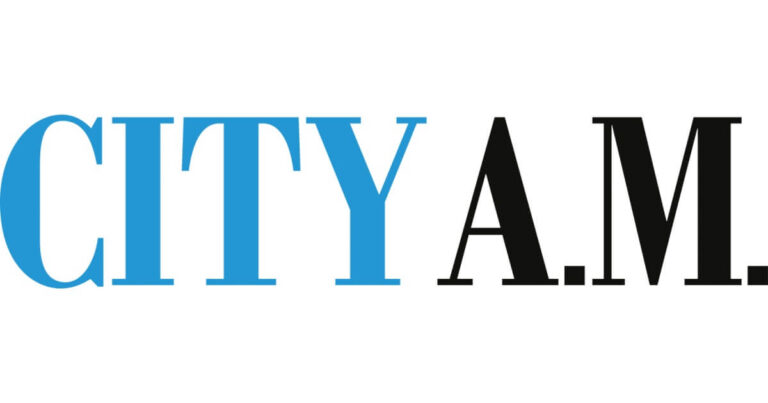
Source: news.google.com
Wednesday December 14, 2022 11:30 am
by freddy hickmanCEO and Co-Founder of Hyper SQ
From the birth of aviation to the advent of online ticketing, the travel industry has enjoyed significant technological progress over the last century.
While large swaths of its evolution have been incremental; some cases witnessed more fundamental and radical leaps that fundamentally forced us to rethink aspects of an industry that contributes nearly $6 trillion to global GDP.
Despite remarkable progress, the industry remains fraught with inefficiencies and fragilities. Its reliance on intermediaries and general opacity along the ‘travel value chain’ continues to breed inflexibility, with higher costs ultimately being passed on to travelers and businesses alike.
And while the industry appears highly distributed and regionalized on the surface, it’s a fundamentally centralized category with a small set of entities controlling most of the ecosystem.
Expedia Group, Booking Holdings and AirBnB dominate the vast majority of the online booking market, which is projected to exceed $691 billion by 2026. Meanwhile, for decades, Amadeus, Saber and Travelport have controlled global distribution systems (GDSs). ) that enable transactions between service providers such as airlines, hotels, and travel agencies. These largely unchallenged gatekeepers continue to benefit from significant fees and control of information.
That being said, we are possibly in the early innings of a new pattern of S-Curve innovation. The wider spread of blockchain-enabled technologies could help fuel another flurry of progress that could reinvigorate travel. As a particularly ledger-laden industry with its intricate web of moving parts and information exchange, the direct use cases are incredibly compelling and plentiful.
Think about your luggage when you last traveled for a moment. Since it changes hands multiple times during its journey, a decentralized open source database could make cross-company and cross-entity tracking much more transparent, rather than the current black box network with data silos.
But direct blockchain-enabled applications like this are not necessarily new. For example, Accenture developed the Known Traveler Digital Identity System to enable a freer flow of data between travelers and customs brokers to facilitate the clearance process.
Things get exceptionally interesting when we expand our thinking beyond the underlying blockchain technology and consider the broader possibilities of Web3.
Consider a relatively simple use case around ownership: ticketing. Travel is one of the largest industries that does not have a secondary market, which severely limits a traveler’s flexibility. NFT tickets could be programmed to give travelers complete control over the management and deletion of their tickets and allow the airline to collect a percentage of the advantage defined in the smart contract. Again, this is one of many relatively simple and skeuomorphic concepts possible with Web3.
Now let’s consider a more hypothetical use case. You probably read some reviews the last time she planned a vacation. How did you know these reviews were genuine? Was there any hidden financial incentive? Instead of relying on blind trust, a “proof-ride” protocol that links on-chain credentials to physical locations could help build a network of unquestionable authenticity.
Contributions, like reviews, can be attached to a composable identity that builds a lasting reputation and becomes a valuable asset. These contributions could be financially rewarded in proportion to their value in growing the network (instead of just likes and likes on existing review platforms).
But, as mentioned, a few incumbents currently dominate large swaths of this intricate industry. These entities are unlikely to embrace innovations that could disrupt their existence. Furthermore, the spectacular fall of FTX, which caused serious shocks throughout the Web3 industry, reminded us of the great challenges facing this young and rapidly evolving ecosystem.
We are potentially in the midst of a new phase of radical innovation, but we are likely to see several false starts and criticism until the real value of Web3 is fully realized.
Read More at news.google.com